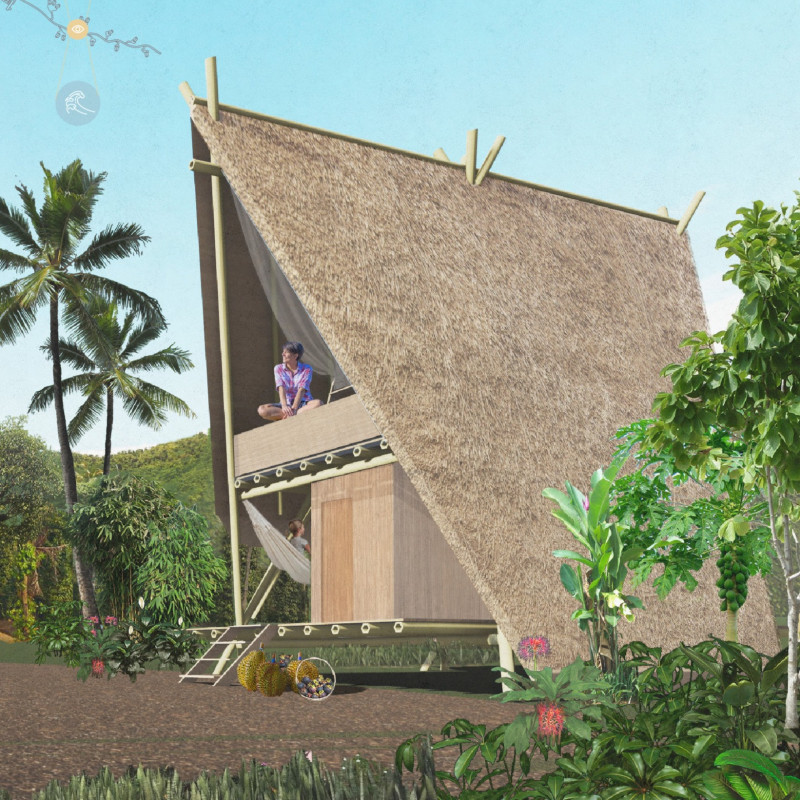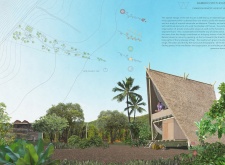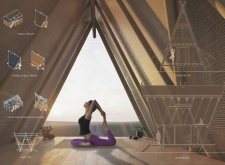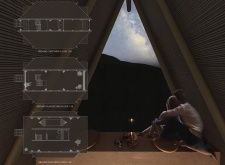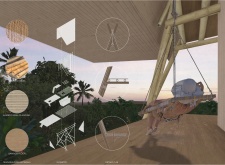5 key facts about this project
Sustainability and local craftsmanship define this project. The primary material used is bamboo, known for its strength, lightweight properties, and ecological benefits, making it an ideal choice for construction in this region. The walls are clad in bamboo, which enhances airflow within the house, aiding in temperature regulation. Bamboo flooring adds durability while providing a cohesive aesthetic that connects the interiors to the natural environment. Ropes are employed in the structural elements to provide flexibility without compromising stability.
Unique Architectural Approaches
A differentiating factor of the Bamboo Stilt House is its strategic orientation and design that maximizes natural light and ventilation. The layout is open-plan, allowing for adaptability in its use, accommodating both private and communal functions effectively. This spatial organization fosters a sense of community while allowing for peaceful retreats in designated areas, such as the upper levels designed for meditation and yoga. The extensive terraces promote outdoor living and interaction with the landscape, integrating indoor comfort with the beauty of the external environment.
Structural Efficiency and Ergonomics
The elevated design is not merely aesthetic but functional, providing protection from potential flooding while offering breathtaking views of the surrounding landscape. It incorporates features such as extended eaves and overhangs that not only enhance aesthetic appeal but also provide shade and protection from rain. The house's structure is designed to ensure durability and resilience against the local climate, integrating traditional wisdom with modern architectural practices. The use of local labor and materials ensures that the project remains culturally relevant and economically supportive of the community.
For further insights into the architectural plans, sections, and design ideas that shape the Bamboo Stilt House, readers are encouraged to explore the project presentation in detail. This exploration offers a deeper understanding of the methods and philosophies that underpin the design, illustrating its relevance in the context of contemporary architecture.


